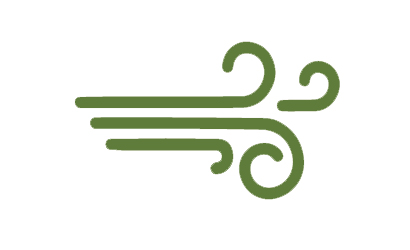Pollinators
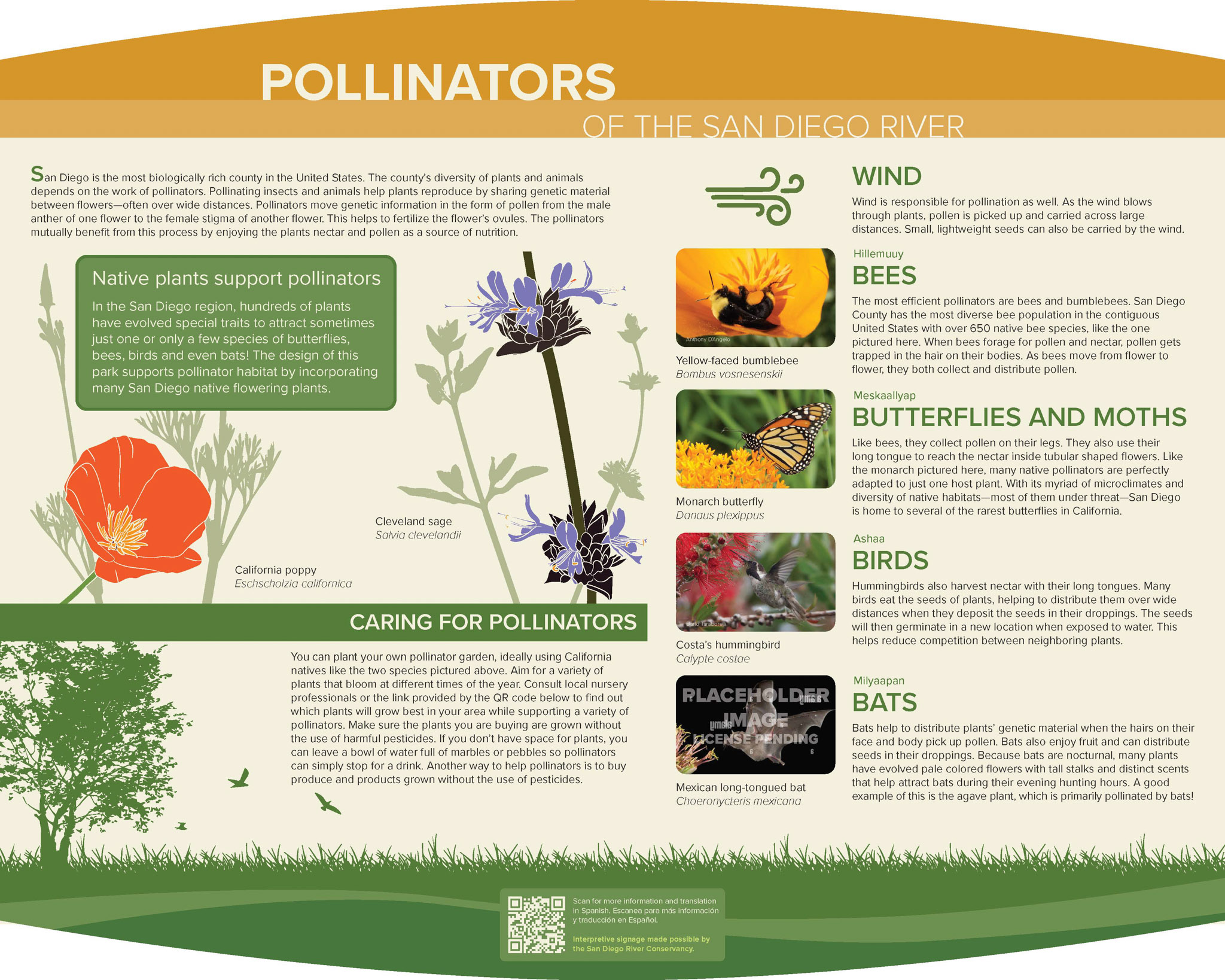
San Diego is the most biologically rich county in the United States. The county’s diversity of plants and animals depends on the work of pollinators. Pollinating insects and animals help plants reproduce by sharing genetic material between flowers—often over large distances. Pollinators move genetic information in the form of pollen from the male anther to the female stigma, which fertilizes the flower’s ovules. The pollinators mutually benefit from this process by enjoying nectar and pollen as a source of nutrition.
Native plants support pollinators
In the San Diego region, hundreds of plants have evolved special traits to attract sometimes just one or only a few species of butterflies, bees, birds and even bats! The design of this park supports pollinator habitat by incorporating many San Diego native flowering plants.
CARING FOR POLLINATORS
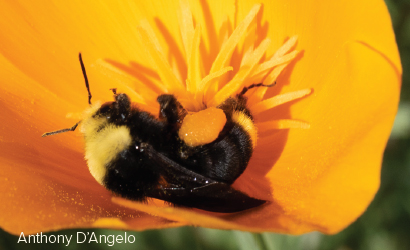
Bees
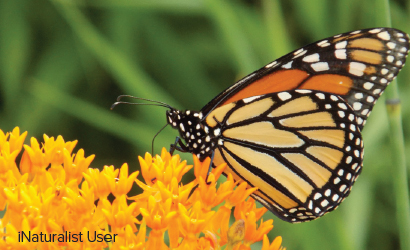
Butterflies and Moths
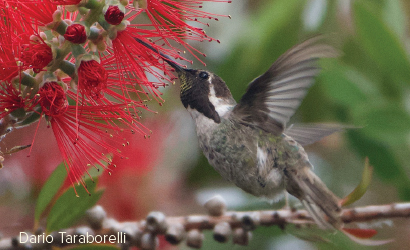
Birds
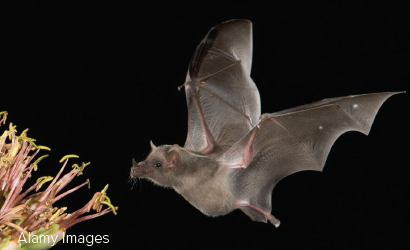
Bats
